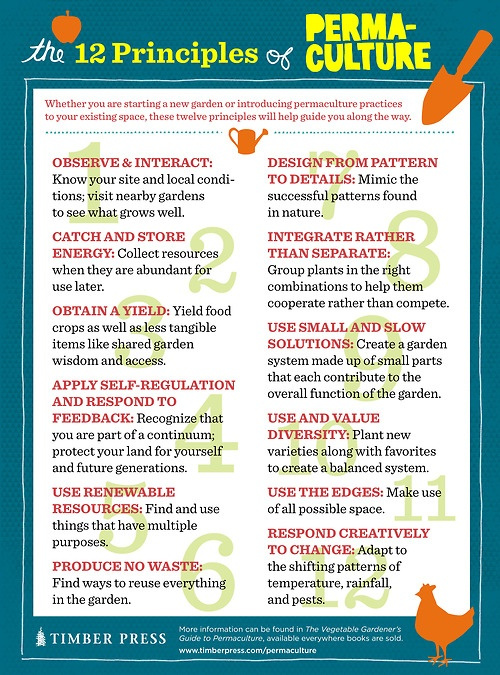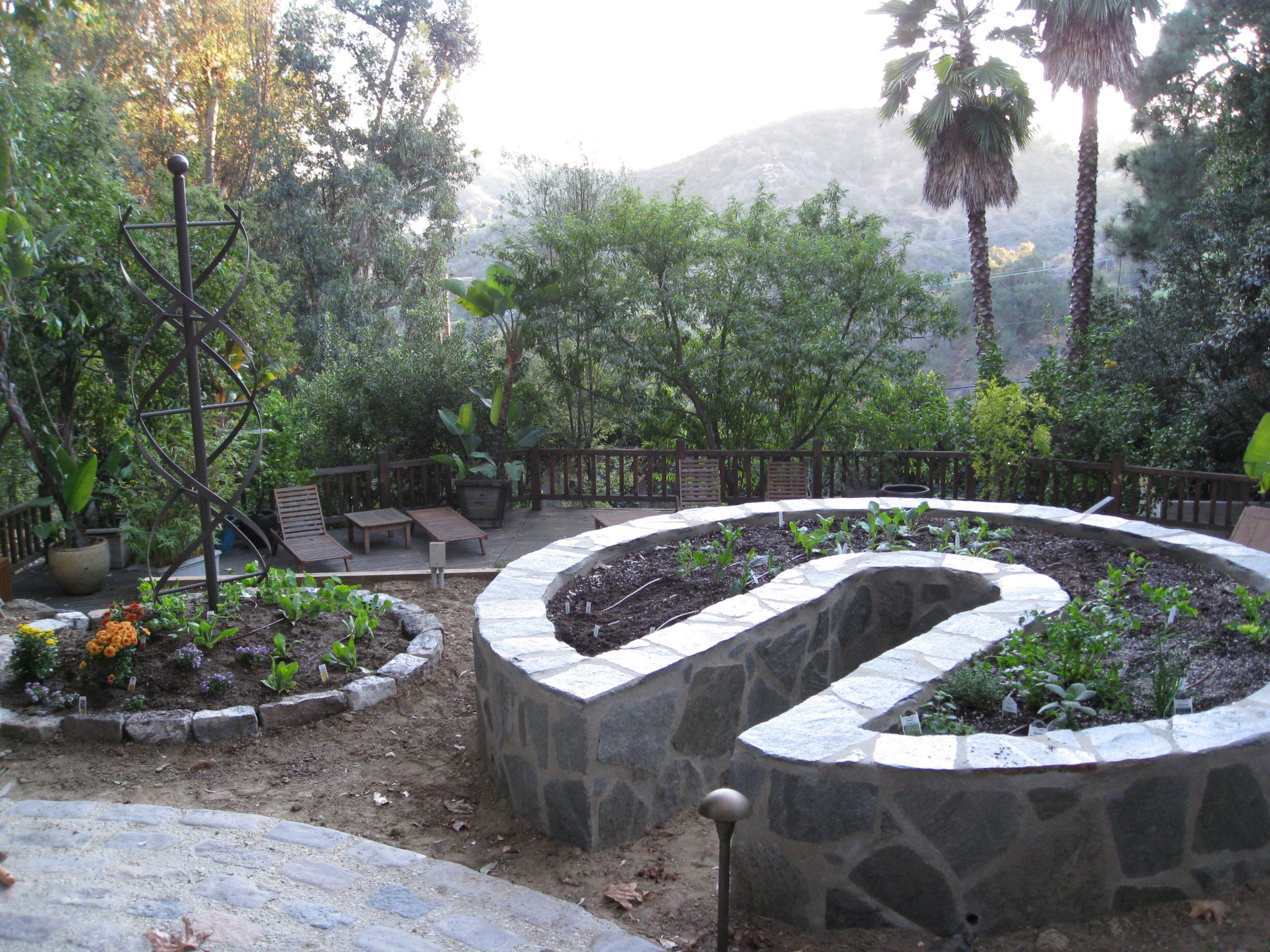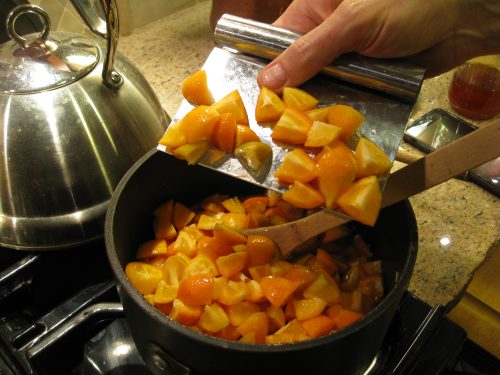You may have heard that Bill Mollison, considered one of the fathers of Permaculture, passed away this week. He lived from 1928-2016 and saw, I imagine, dramatic changes in our ecosystem during his lifetime. This Australia native spent his life teaching the principles of Permaculture to thousands if not millions. Through his work, his legacy lives on.
I never had the chance to meet Bill Mollison, nor take any of his classes (though running away to Australia for a Permaculture Design Course sure sounds like fun). Several times I started to read Mollison’s text books only to be waylaid by some other shiny thing, perhaps by the practical application of the principles themselves.

What is Permaculture?
Most people have at least heard of Permaculture, and while most think it’s about gardening, it’s really a set of design principles that apply to everything we build or make on this planet. Touchstones of Permaculture design (in gardening anyway) include food forests, bioswales, keyhole gardens, and herb spirals. The underlying philosophy, if I may paraphrase, is to create systems that mimic nature and run without human interference if at all possible. Sound vague?
It’s challenging to wrap your head around Permaculture because different teachers have taken different approaches to teach it. Some use the motto, “People Care, Earth Care, Fair Share” to summarize the consciousness we should have around designing businesses, buildings, and landscapes for efficiency, sustainability, and survival. Others go for more concrete principles like this one:

Bill Mollison’s Work in Action
Whether you divide your property into Permaculture zones, or create a self-reliant food forest, or build an outhouse with stacking functions (i.e. humanure composting toilet, rain water capture off the roof, and shade shelter for the attached chicken coop), you’re practicing Permaculture to some degree.
If you design in shapes using patterns that mimic nature, using all the possible edges to plant, leaving no exposed soil, and planting in layers (root layers, ground cover, shrub layers, understory & canopy) you’re using Permaculture. If you plant an insectary garden instead of using insecticides, and if you practice no-till-lasagna-sheet mulching-soil-food-web you’re using Permaculture. And if you do all of that while ensuring that there is no waste, you’re using Permaculture. Get the idea?

Try Permaculture
One of my favorite concepts of Permaculture is, “the problem is the solution.” If we contemplate the problem long enough, we can most often find that it is the solution for some other problem. Larry Santoyo of Earthflow Designs gives a great example of this: A farmer had a horrible grasshopper infestation in his fields. A Permaculturist observed the problem and said, “You don’t have a grasshopper problem, you have a turkey shortage.” The farmer started keeping turkeys on his farm, the turkeys ate the grasshoppers, and balance returned almost immediately, plus the farmer then had another source of income. Solutions are everywhere.
I think the best way to honor Bill Mollison is to incorporate some or all of these practices into our daily lives. Wouldn’t the world be a better place if we all took more time to observe our surroundings, to produce no waste, and to respond creatively to change?
Sounds like a great solution to me.



Pingback: Podcast: Permaculture Chat with Larry Santoyo - Gardenerd